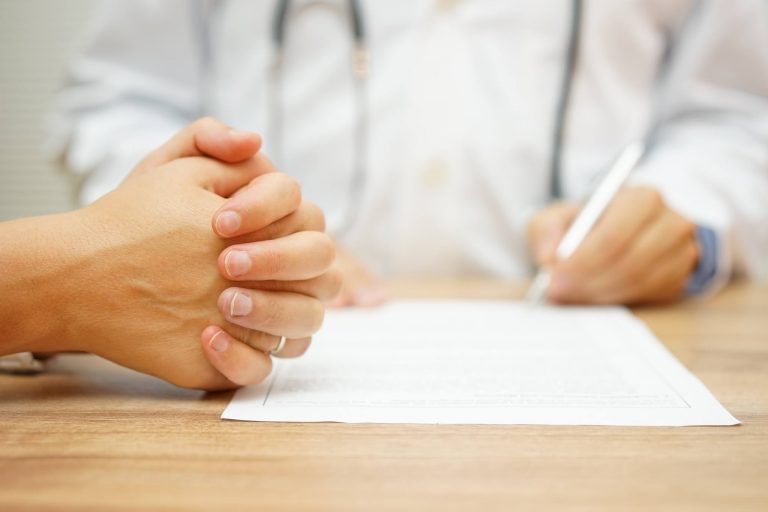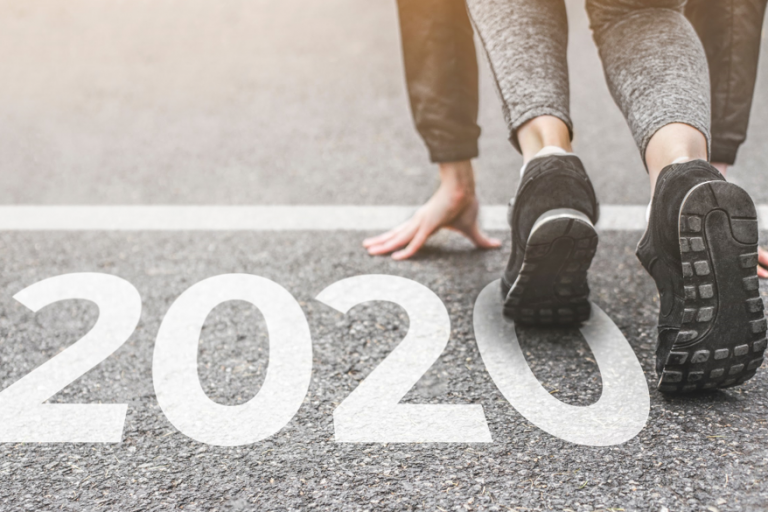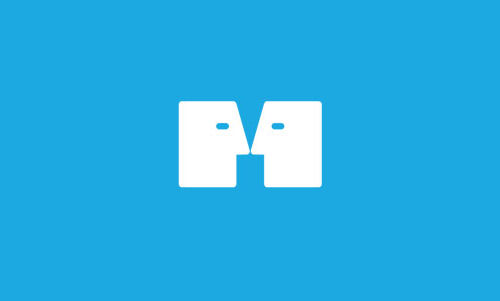Health

Makovsky
Tuesday, September 30, 2014During the past few days, I’ve eaten five different kinds of paella, learned about promising advances in immunotherapy, discussed issues of access with patient advocates, and visited the incredible Museo del Prado – it’s all in a day’s work at the European Society for Medical Oncology (ESMO) Congress in Madrid, Spain.
The opportunity to learn and expand on my team’s expertise in oncology and patient advocacy has been invaluable – and after being here a few days, I’m convinced that I wouldn’t have been able to learn as much or connect with as many others if I hadn’t made a game plan ahead of time.
The trite but true “you get out what you put in” most certainly applies to major medical conferences – no matter your age, profession or agenda. So with that in mind, here are a few tips for making the most out of your first – or next – major medical meeting:
1. Consider going it alone – There is a tendency, especially at very large meetings, to spend time with the people you already know. Attending solo frees you to make your own choices, to select the program sessions of greatest interest to you, and will force you out of a comfort zone to build better networking skills.
2. Know something about the location – Take advantage of the fact that you’re likely in a new city and do something fun outside of the conference. Suggestions for activities or restaurants are great conversation openers and often appreciated by others. For example, I participated in a Madrid Tapas, Taverns and History Tour and even helped a new contact book their spot on the tour. I also studied a map of Madrid to know my basic way around – when new contacts mentioned going to dinner or a museum, I was able to help with directions or recommendations.
3. Be focused – It’s critical to set a few goals before the conference, and the larger it is in size or topic scope, the better it is to narrow your focus to two or three topics for which you can strive to become more of an expert. At ESMO, my priorities were based on my current work and personal interests. Specifically, I sought to attend the majority of the patient advocacy track sessions, prostate cancer treatment presentations, plenaries and industry-sponsored symposia on new data in immunotherapy, and poster sessions on global health disparities in cancer care.
4. Use social media (Twitter) strategically to provide real value – Twitter holds the key to vast potential in this setting. In a universe of 18,000+ international attendees, I was able to connect with prospects/new contacts, zero-in on likeminded individuals and get specific information of interest, all from the palm of my hand. I made no fewer than a dozen connections via Twitter with people I had never talked to before and then met face-to-face much later in the conference. We now consider each other as “friends” and resources.
Twitter also enables critical information sharing. At this year’s ESMO, there emerged major controversy that patients, advocates, journalists, students and nurses were not allowed on the exhibition floor or in industry-sponsored symposia. Twitter showed a lot of complaining, without much action. So I reached out to people and offered to fetch them materials or ask questions on their behalf. Not only were they appreciative, but it helped to further bolster Makovsky Health’s reputation in patient advocacy.
I also used Twitter to coordinate a few small discussion groups. For example, I searched for everyone who talked about cancer stigma and invited them to convene over coffee to discuss further. Only three folks showed up, but they appreciated the effort and a relationship was initiated.
Be sure to use the conference hashtag, be selective in what you post (please don’t spam the Twitter stream), and give credit to the presenter as much as possible. My greatest successes came from sharing pictures of presentation slides on Twitter – diagrams depicting processes or interactions, graphs and key takeaway/conclusion slides are especially valuable. Keep in mind what would be of interest to people who are not able to be in that session with you.
5. Plan for the little things – What would a list of tips be without the mundane, yet practical? Wear comfortable shoes, dress in layers, bring a portable cell phone charger and pack some snacks.
Whether you find yourself in Madrid or Michigan (go blue!), keeping these tips in mind will help you maximize your time, your take-aways and your new connections.
– Rachel Saffitz











